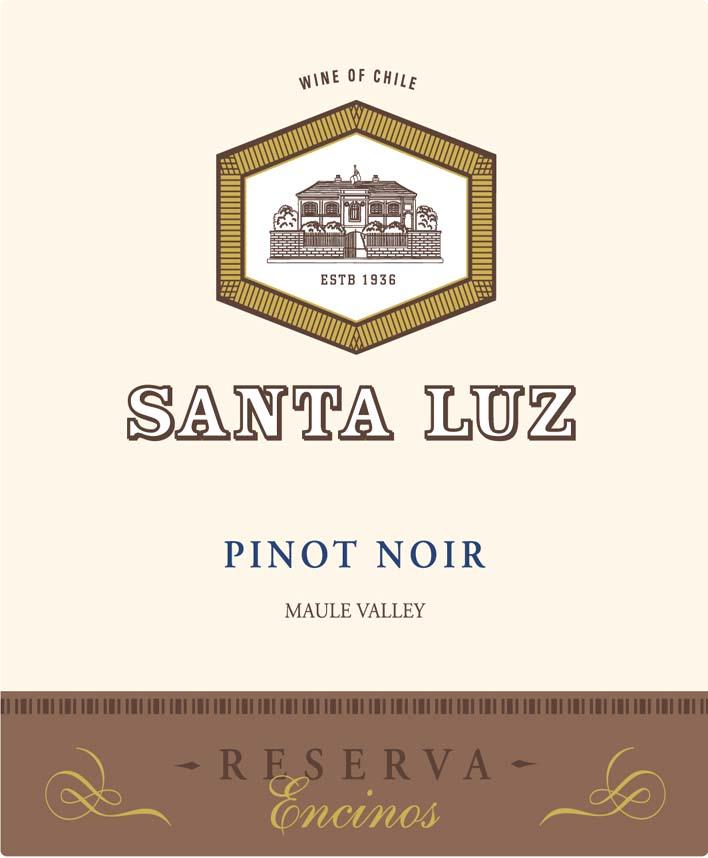2012 Maule Valley Pinot Noir
Santa Luz Reserva Encinos is a captivating red wine crafted from the elegant Pinot Noir grape, hailing from the picturesque Maule Valley. This 2012 vintage reveals a medium-bodied profile, showcasing a harmonious balance of lush acidity that adds a refreshing lift to its overall character. With a fruit intensity that is prominently expressive, it delights the palate with vibrant notes of ripe cherries, wild strawberries, and subtle earthiness that highlight the terroir of its origin. The tannins are soft and well-integrated, providing a smooth structure without overpowering the delicate fruit nuances. This wine is expertly crafted to be dry, offering a clean and satisfying finish that makes it versatile and food-friendly, perfect for pairing with a variety of dishes.
Santa Luz Reserva Encinos is a captivating red wine crafted from the elegant Pinot Noir grape, hailing from the picturesque Maule Valley. This 2012 vintage reveals a medium-bodied profile, showcasing a harmonious balance of lush acidity that adds a refreshing lift to its overall character. With a fruit intensity that is prominently expressive, it delights the palate with vibrant notes of ripe cherries, wild strawberries, and subtle earthiness that highlight the terroir of its origin. The tannins are soft and well-integrated, providing a smooth structure without overpowering the delicate fruit nuances. This wine is expertly crafted to be dry, offering a clean and satisfying finish that makes it versatile and food-friendly, perfect for pairing with a variety of dishes.




